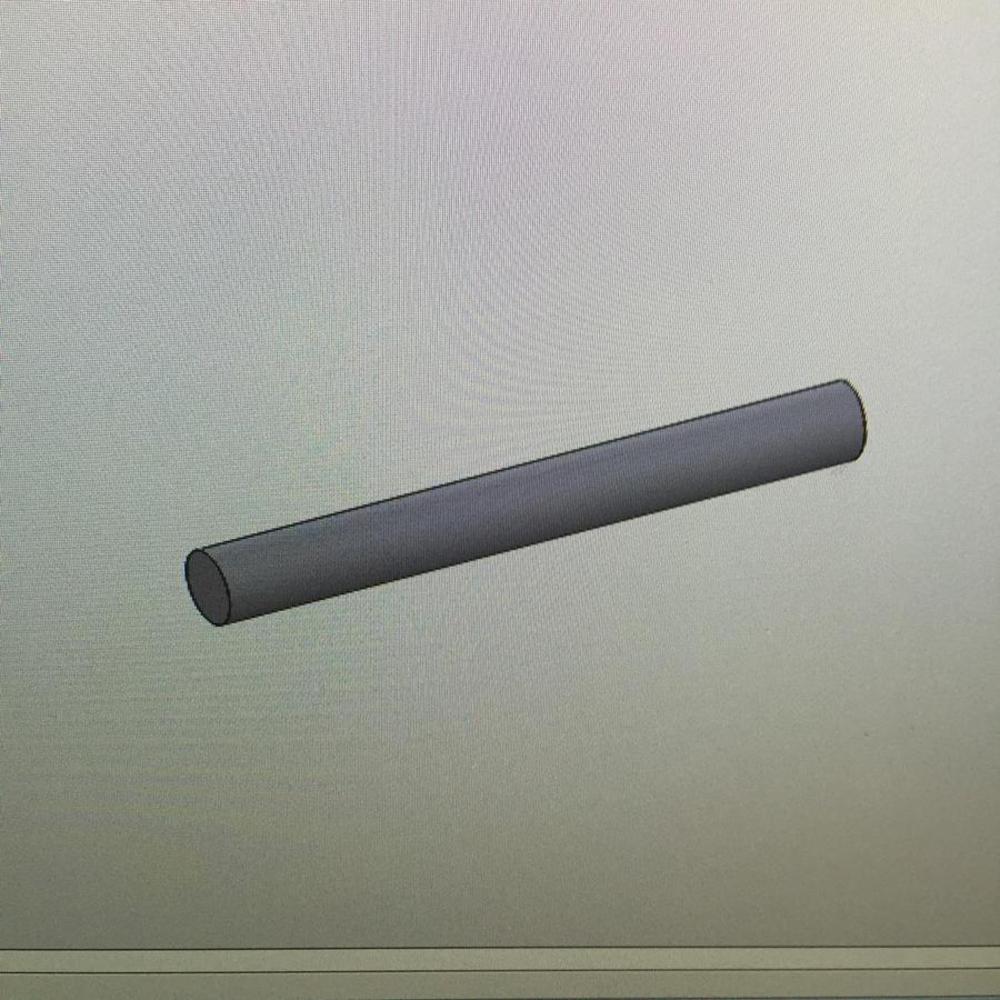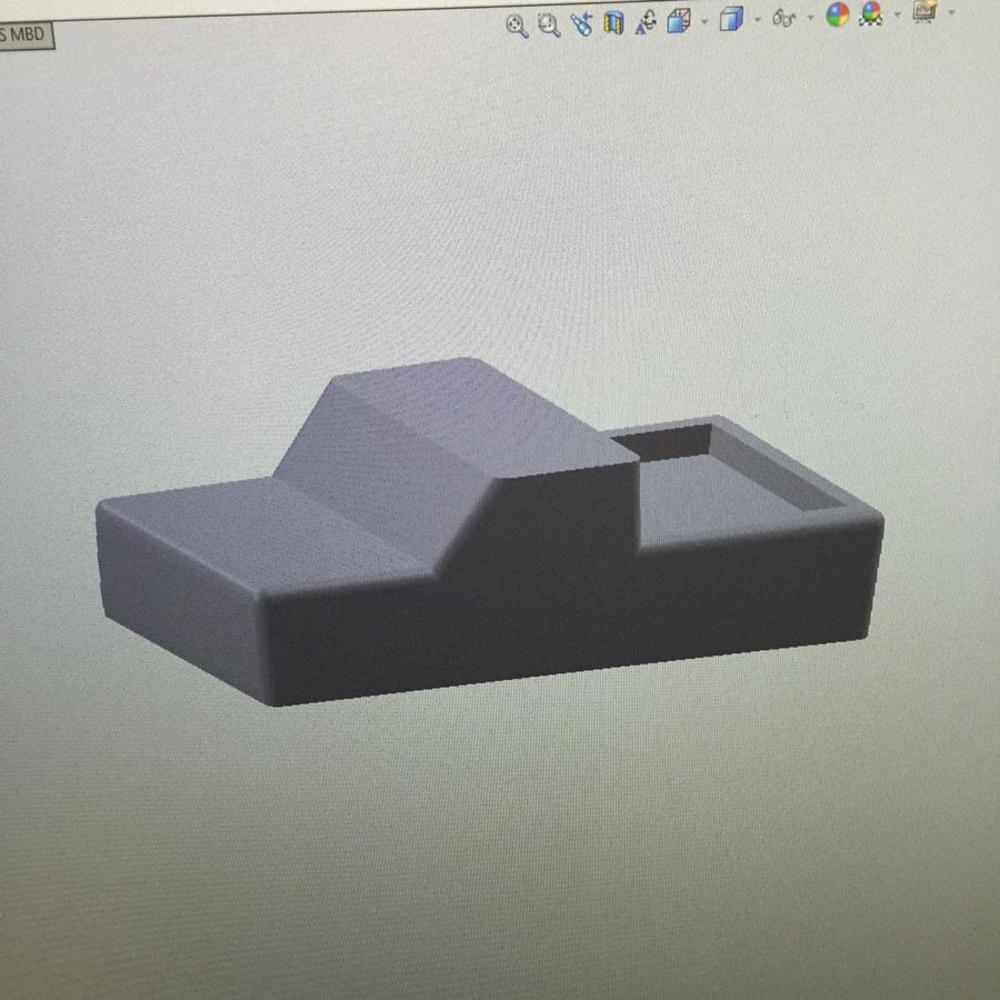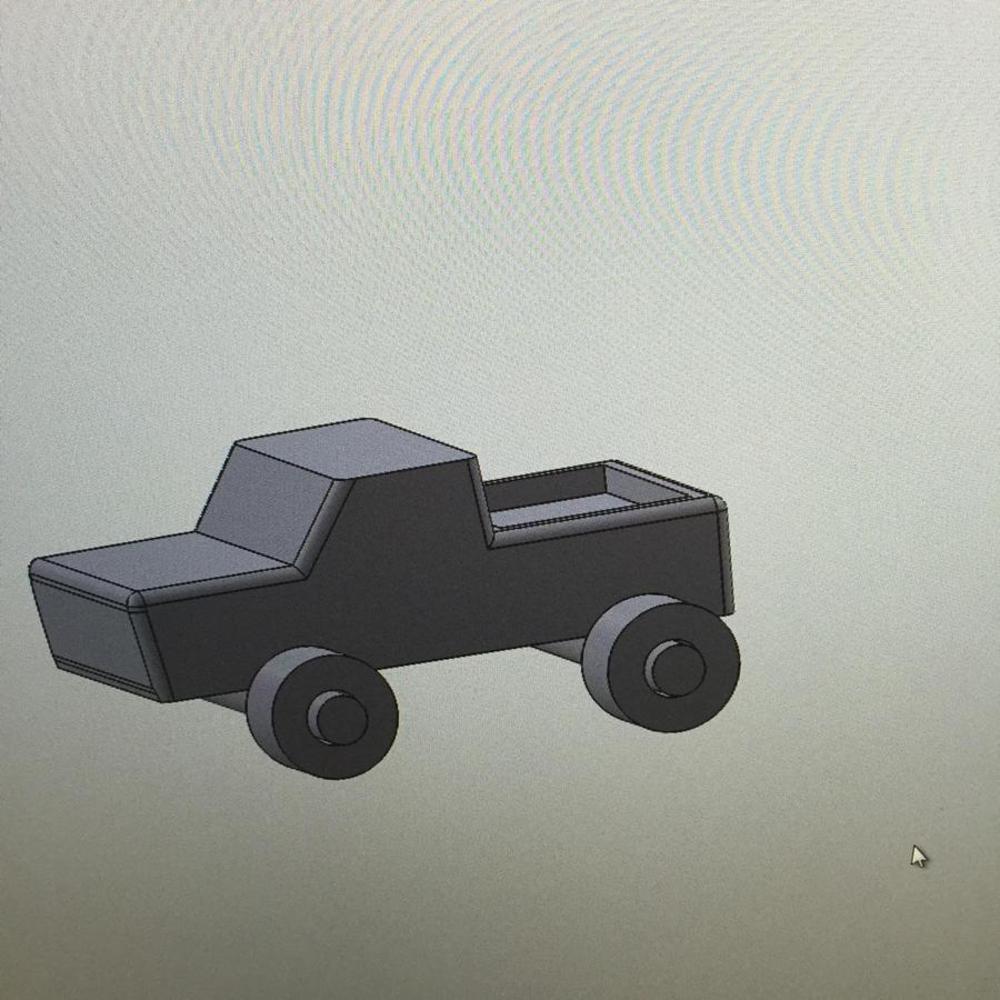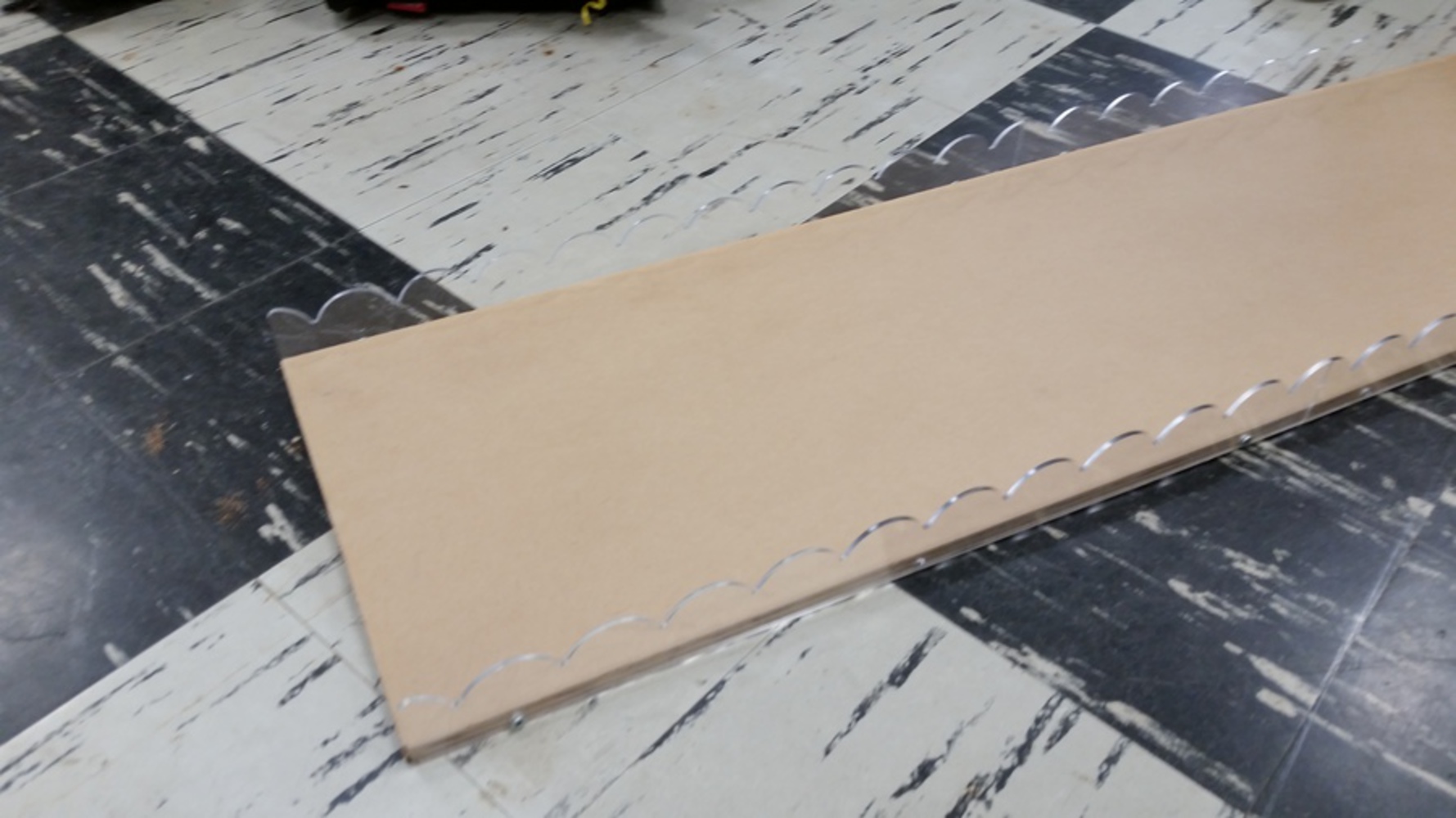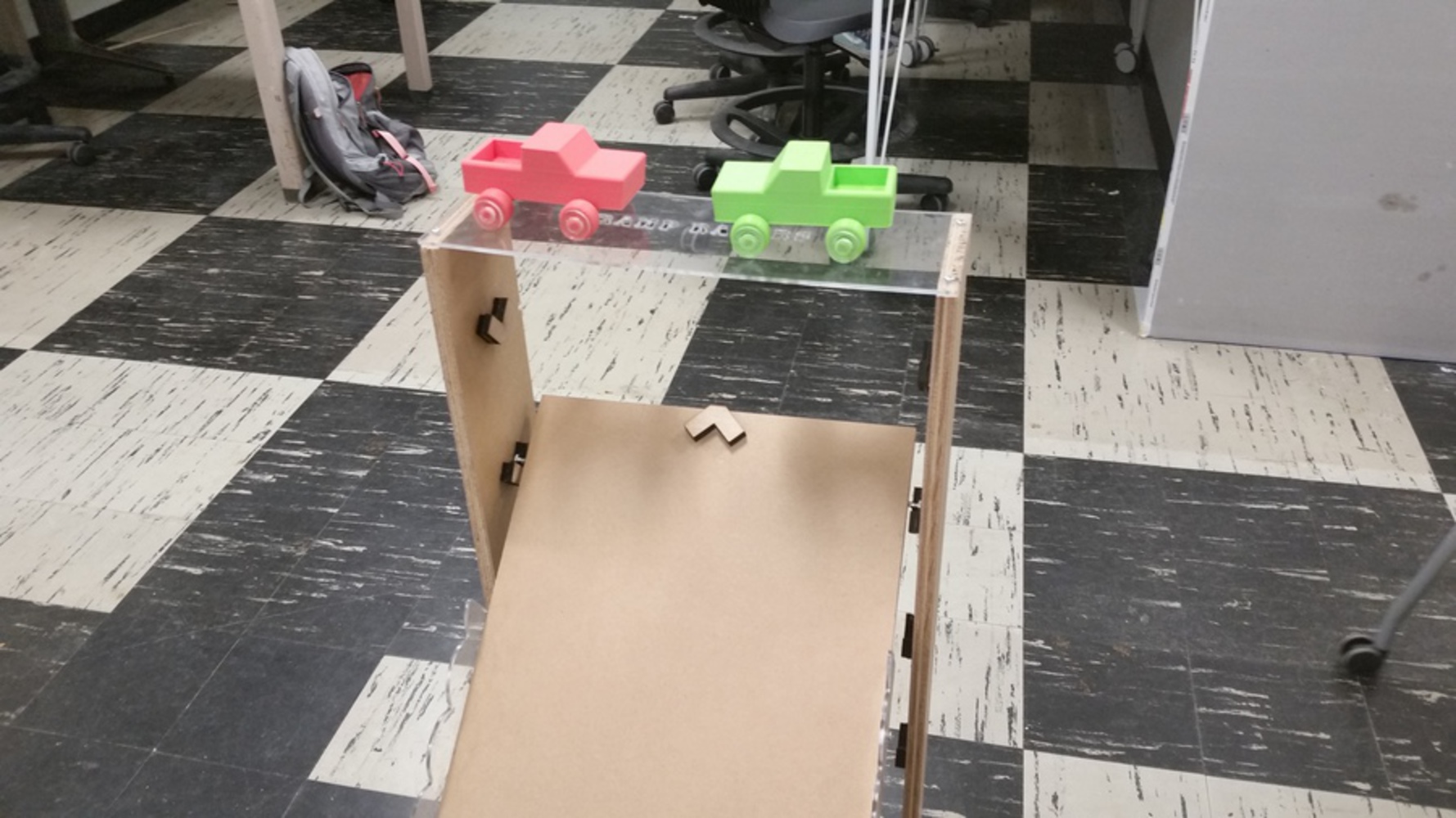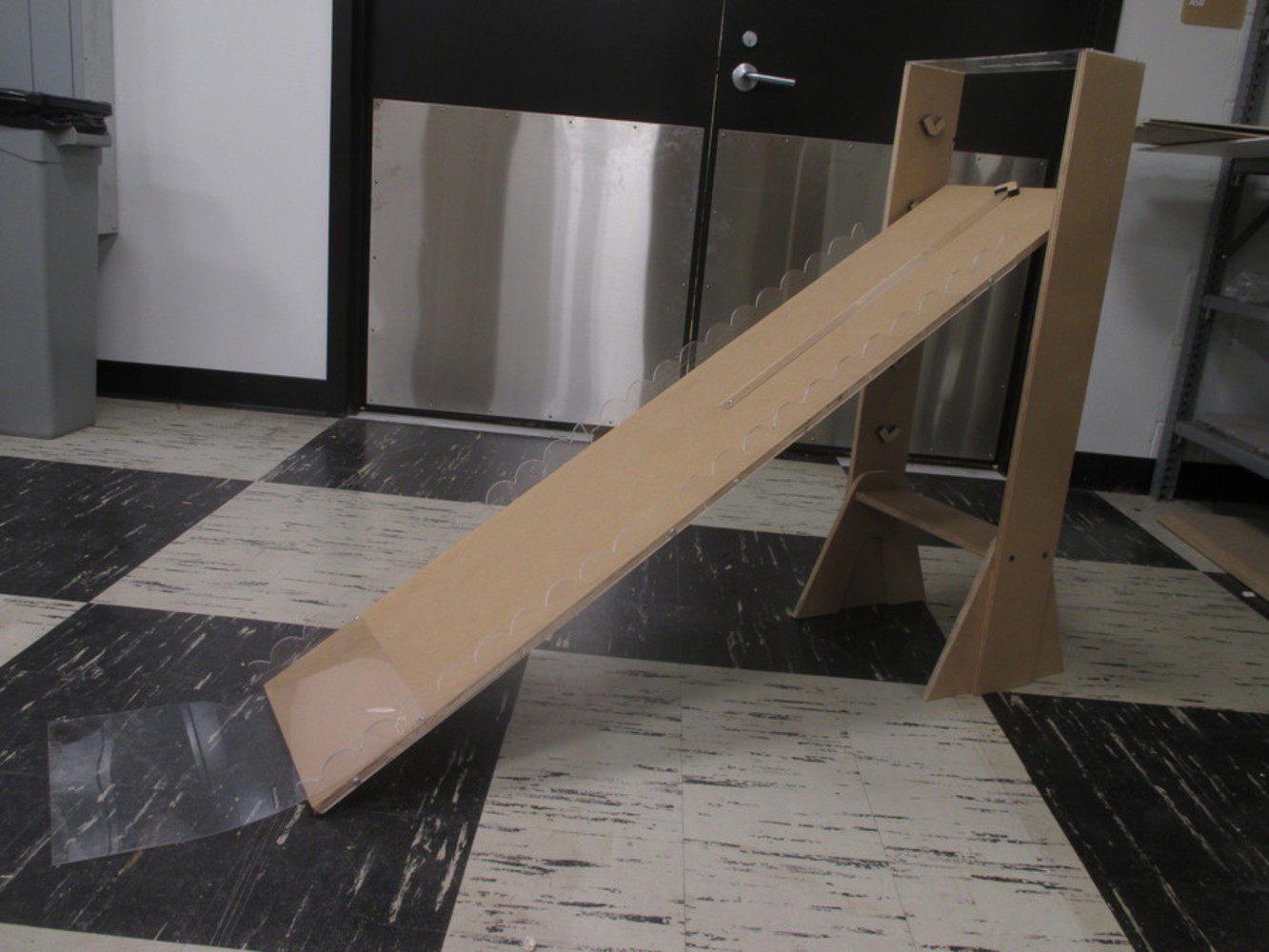Our plan for an educational toy is the simple "car on a ramp" experiment. the car will have changeable weights to vary its mass, and the ramp will be adjustable height. We created a CAD model of the car in the style of a pick-up truck, using the bed of the truck as the area for the weights, and then 3d printed it.
Outcome
Ramp
For our ramp we lined the sides of each ramp with acrylic as a border to prevent the cars from rolling off. At the top of the ramp there are screws on each side that allow it to prop up on the supports. The supports are made with wood and connected through a wooden cross support and an acrylic top sheet with Ramp Racers engraved onto it. The supports have small wooden "v" shapes on the side for the screws from the ramp to rest on. These keep the ramp from sliding in either direction and staying in place.
Reflection
Every time a group of kids came to my station, I would explain the obvious first: there was a ramp and two cars. Then I told them that the ramp can be set at different heights and that varying amounts of coins could be placed in the back of the cars. The results would vary depending on what settings they placed on each of those things. The car mayo go faster or father depending on how heavy the car was or at what height they set the ramp. At first, I also gave them the short worksheets that came with the activity, but the lack of writing utensils made them useless.
The activity was simple enough, so I gave assignment to volunteers to keep them occupied. I told one kid to put coins in the car, and I told another one to set the ramp height. As the child was filling the car, I would sometimes ask how heavy they were making the car. The worksheet had the weight of each coin, but the adding and multiplication process became a little complicated as the number of coins kept increasing. Since one of the car's axle became loose, I only allowed one car to be used at a time. Most car uses turned out well, but there were some wipe-outs and obstacles in the way.
After everyone had a turn filling the car and setting the height, I let two people fill a car and race them. The defective car would still work. They just had to be careful. I never really set a standard about which car would win (is it the one that went faster or farther), but everyone still had fun. Just seeing the end result seems like a satisfactory thing for the kids. Of course, some of the more rowdy ones just want to fill the cars with all of the coins and let the car go at the highest ramp setting to see what would happen. I am sure that they learned a little about gravity, weight, friction, and force, but they were probably concentrating more on cleaning up coins and setting up another race.
In the end, it is not hard to tell them what to do. It isn't even hard to ask them questions and have them answer. I think the hardest part of the activity was to get them to vary their ramp height selections (they always chose the top height) and lower the number of coins they put in the cars. They also take their own initiative in the activity if you don't tell them what to do. (At one time, the kids were even rolling coins down the ramp. It never really went well, but they kept doing it for some reason.) If I were to do this activity again, I would standardize the winning conditions and car weights, have the kids try the lower ramp height, and find more activities to keep them busy and have them learn more.
We also discovered that bought wheels are better than 3d printed wheels.
You can upload files of up to 20MB using this form.

